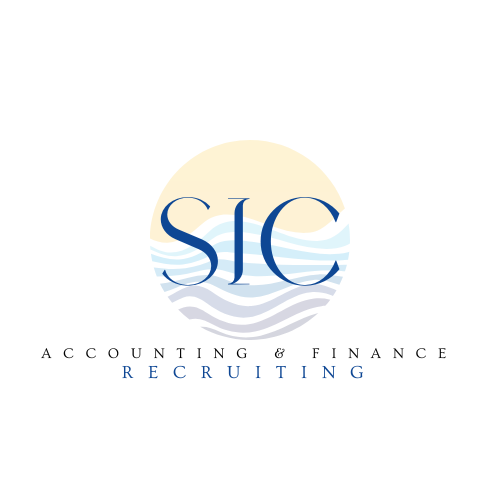The Evolution of Professional Transitions in Modern Manufacturing
The manufacturing sector has experienced significant transformation in how we communicate workforce changes. Gone are the days of blunt terms like “fired” – today’s manufacturing professionals and HR departments employ more nuanced language that reflects both organizational changes and individual dignity.
Call Sea Isle City Recruiting at (609)964-7710 let us guide you every step in finding the most suitable and stable work environment you deserve.
This shift mirrors manufacturing’s broader evolution toward precision, efficiency, and human-centric operations. Just as Industry 4.0 has introduced sophisticated terminology around automation and digital transformation, our language around workforce transitions has become equally refined.
In today’s manufacturing environment, terms like “operational alignment” and “strategic restructuring” often reflect genuine technological and market-driven changes. When a production line adopts cobots or AI-driven quality control, roles naturally evolve. Workers aren’t simply “let go” – their positions may be “realigned with technological advancement,” or they may be “transitioning amid digital transformation.”
This linguistic evolution serves several purposes:
- It acknowledges the complexity of modern manufacturing transitions
- It maintains professional dignity in an increasingly skilled workforce
- It reflects the sector’s shift toward transparent, employee-centric practices
- It aligns with contemporary recruitment and retention strategies
For manufacturing professionals navigating career transitions, this enhanced vocabulary provides tools to position themselves effectively in a rapidly evolving job market. Whether the change stems from automation, reshoring initiatives, or sustainability-driven restructuring, focusing on “new opportunities” rather than “job loss” better reflects the dynamic nature of modern manufacturing careers.
For Job Seekers:
Your professional value extends beyond your resume. In today’s manufacturing and business landscape, your experience represents solutions to specific business challenges. Know your quantifiable achievements – efficiency improvements, cost reductions, and team development successes. When discussing compensation, anchor conversations in the tangible value you’ve created.
Rather than viewing yourself as an applicant, position yourself as a solution provider. Document specific examples where your expertise directly impacted business outcomes. This shifts negotiations from salary-focused to value-focused discussions.
For Employers:
Recruitment fees shouldn’t be viewed as expenses but as strategic investments. A misaligned hire can cost 2-3x their annual salary in lost productivity, team disruption, and repeated recruitment efforts.
Consider:
- Time lost to underperformance
- Impact on team dynamics and productivity
- Cost of repeated recruitment cycles
- Missed market opportunities
- Client relationship impacts
The right hire accelerates business growth through:
- Improved operational efficiency
- Enhanced team capabilities
- Innovation and process improvements
- Stronger client relationships
- Reduced operational risks
In manufacturing particularly, the right leader can transform productivity metrics, safety records, and quality standards – delivering ROI that dwarfs their recruitment cost. Focus on capability alignment rather than immediate cost savings.
In today’s evolving job market, particularly in manufacturing where digital transformation has accelerated by 65% since 2020, both employers and candidates must adapt their approach. While 72% of manufacturing organizations report spending between $25,000-$80,000 on failed hires, successful placements can generate 3-5x ROI within the first year through operational improvements and innovation. The language of career transitions has evolved beyond simple terminations, with 85% of Fortune 500 companies now using growth-oriented terminology to maintain employer branding. For candidates, articulating value proposition is crucial – top performers who effectively communicate their achievements secure compensation packages 18-24% above market average. For employers, while recruitment fees typically range from 20-33% of annual salary, the cost of a mis-hire can reach 213% of annual salary when factoring in lost productivity, team disruption, and repeated recruitment efforts. The focus must shift from immediate cost savings to long-term value creation through strategic talent acquisition.



